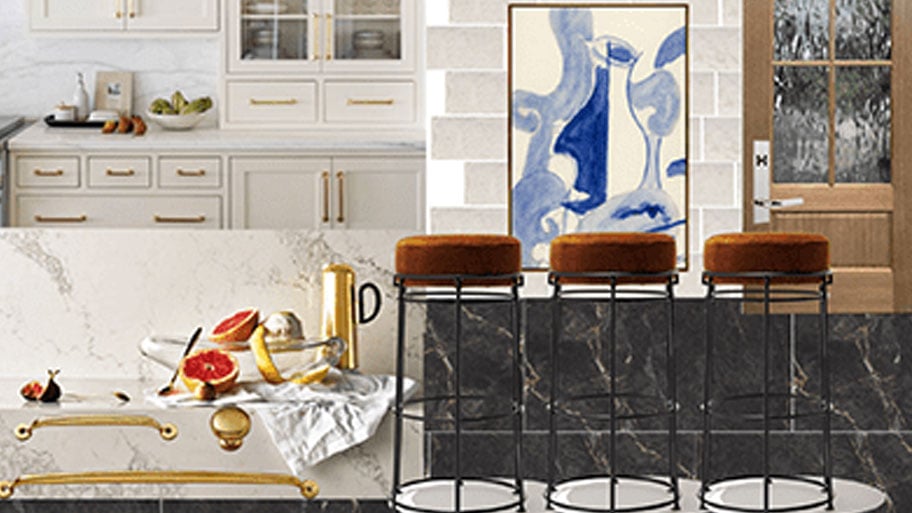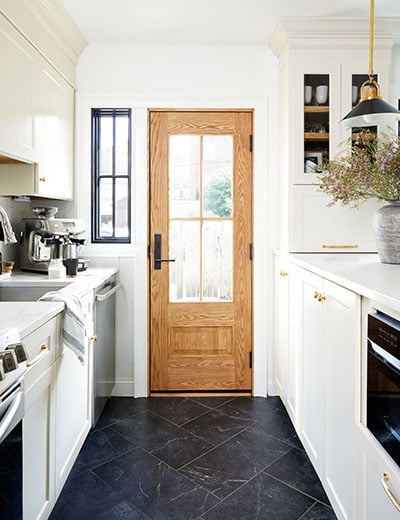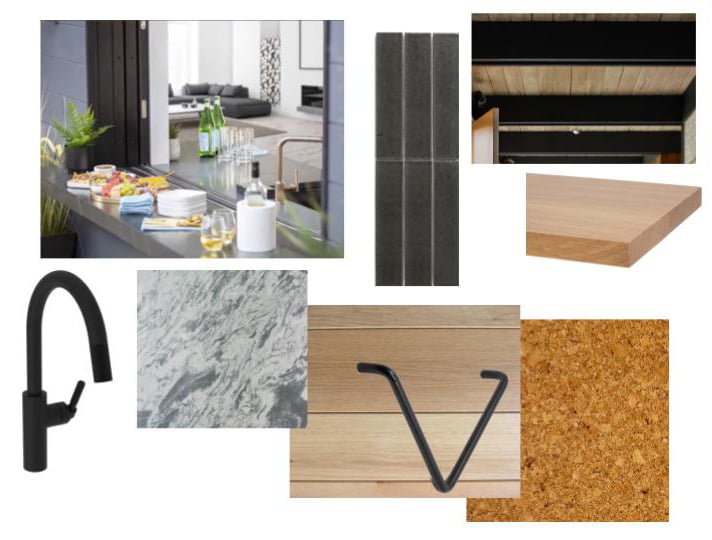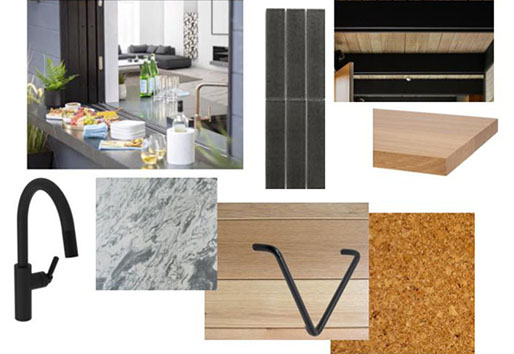Ideas
The mood board: A first step to designing your space

A mood board, or inspiration board, is a digital collage outlining design elements planned for inclusion in a project. It may include everything from swatches of proposed paint colors to images of furnishings and light fixtures, but it isn’t just a catalog of items to purchase. It’s an assemblage of elements you find beautiful and inspiring. If you love the nubby texture of a certain sweater or the colors in a certain painting, add these more abstract sources of inspiration to your board as well. Identifying what you like is an important step, but the larger goal is to gather together elements you’re attracted to, so you can see how they work together. Going through the exercise of mixing and matching will help you define your vision, and no one knows this better than some of our favorite design pros. So, we’ve turned to Rashida Banks, Bria Hammel and Jess Davis for some expert advice on creating a mood board.
Rashida Banks
Making a mood board will also help others involved in a renovation project better understand a homeowner’s end goal. “It not only helps you with making decisions on what’s next, but it helps your contractor and whoever else is a part of the project,” Banks adds. “There’s no guessing on what products to order next, because they’re all on one page.”
After she puts together a proposed design, Banks appreciates having other design-conscious individuals weigh in on her outline. “I like getting feedback from just a few people on my mood boards,” she notes. “Someone else with a fresh pair of eyes may suggest something you didn't think of that could enhance your design.”

The inspo

The result

Bria Hammel
Interior designer Bria Hammel also created a mood board for her own home addition, and she enjoys incorporating them as a tool while working with clients too. “Establishing the vision before any of the designing has been done allows our entire design team and the teams involved to be aligned on the same aesthetic and direction,” she shared. “It also is a great place to come back to as the project progresses, to remind everyone of the end goal when you’re in the middle of the mess – especially when construction is involved!”
And if you’re looking to create a mood board of your own but aren’t sure where to begin, Hammel offers a few helpful tips for homeowners. “I suggest throwing as many things down on your board as possible – any photo, design selection, color, texture that speaks to you, put it down,” she says. “Then, over time, edit. Take the time to really figure out what all of your pieces have in common and how they relate to one another. From there, you’ll be able to come up with a space that tells a story.”
Bria Hammel’s mood board shows her vision for the new addition to her home, which will feature abundant natural light from her Andersen® 100 Series windows.
Jess Davis

Jess Davis, who is renovating her midcentury modern Atlanta home, used the mood board above to flush out her vision, which includes a strong indoor/outdoor connection, thanks to her folding pass-through window, and bold contrast through the use of natural wood and black Andersen® E-Series windows and doors.
Designer Jess Davis agrees that you shouldn’t be afraid to refine a mood board over time. “Creating a design mood board is almost like laying out your clothes the day before,” she said. “From there, you can layer other things in like accessories and art, like you would with a good piece of jewelry or handbag.”
Davis also encourages those new to making mood boards to pay special attention to size and scale within a room. “I think it's important to understand how much of something you're going to see in a space,” she noted. “I like to size furniture pieces so that they are proportional in relation to each other. … Sometimes if we are going with a dark color on the walls, I’ll make the entire background of the mood board that color to really emphasize the moody feeling.”
Finally, just because a product is incorporated in a mood board doesn’t mean that you shouldn’t take a closer look at it in real life, Davis noted. “The next step [after making a mood board] … would be to get samples of any paint colors and materials that you're considering,” she said. “It’s still important to see things in person before committing.”
How to Make a Mood Board
Sign up for emails
Get inspiration delivered!


